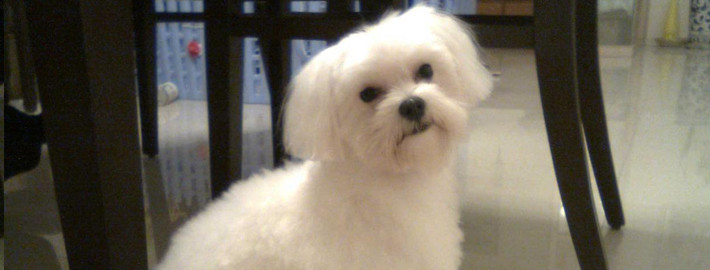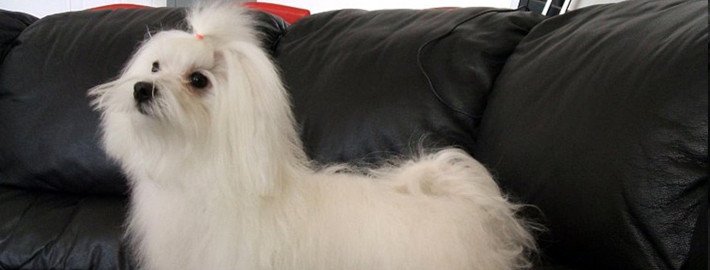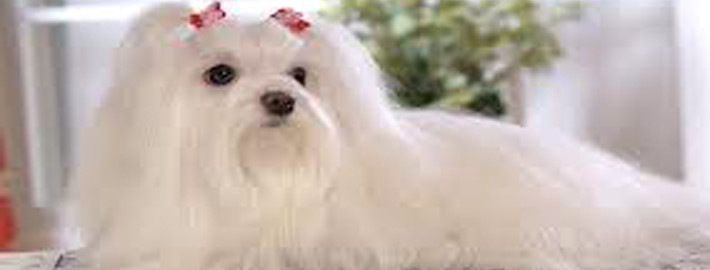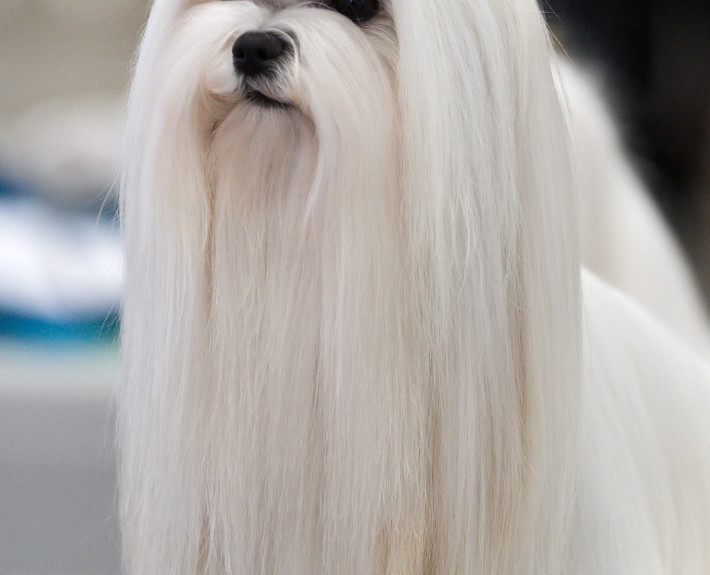What makes the Maltese Unique?
Having served as a companion breed for hundreds of years, Maltese dogs are both elegant and travel-sized. These dogs are known for their elegant, ground-sweeping coats. Members of this breed are usually pure white, with a few exceptions to this rule that vary by location.
Breed Groups
Page Contents
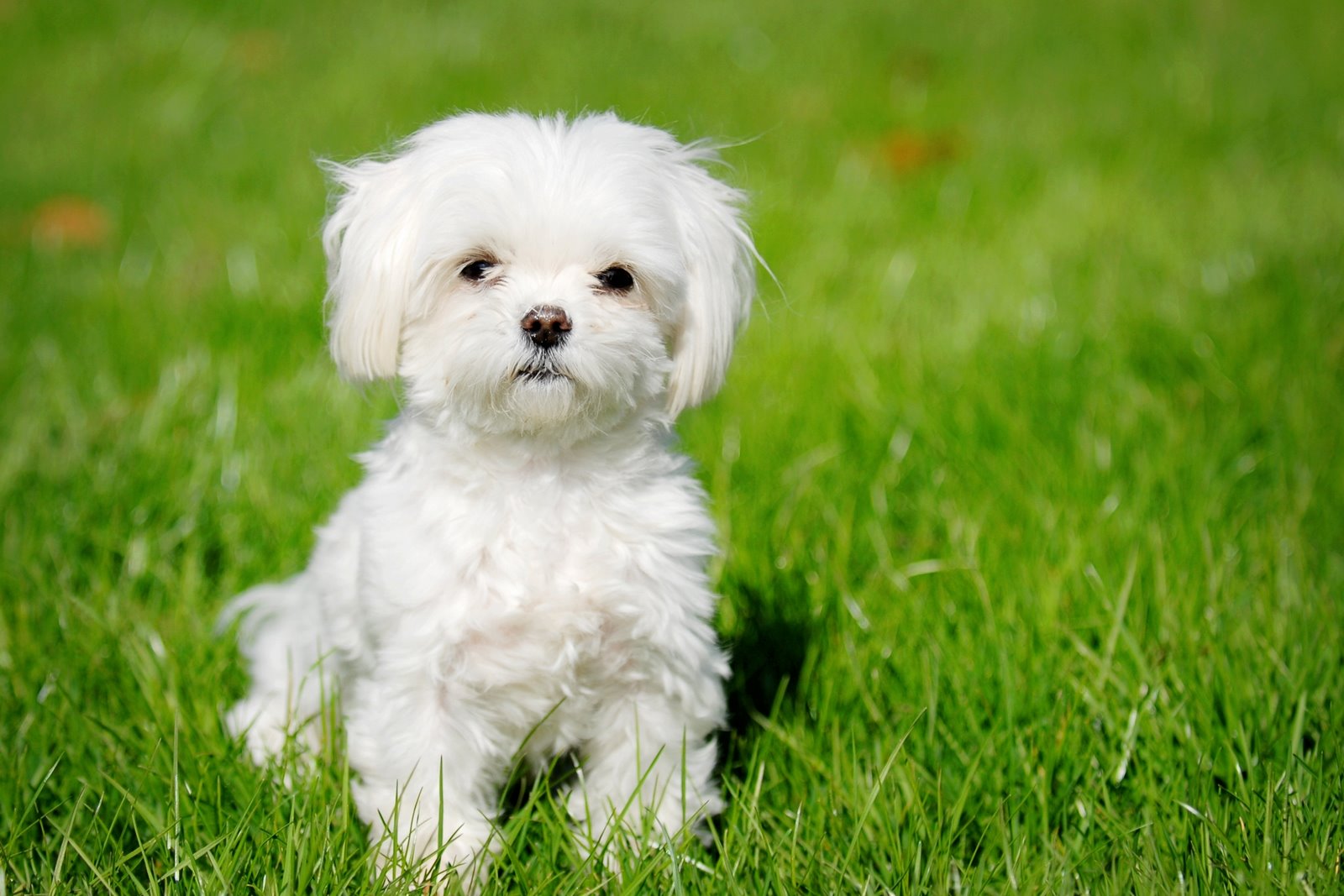
Is the Maltese Right For You?
They have a lively disposition that lends itself towards playful pursuits both indoors and out. Maltese dogs additionally maintain their playfulness until late in life. Their charming personalities also help make Maltese dogs a good breed for families as does their ability to quickly learn new tricks. These dogs can additionally be quite fierce and incredibly brave despite their angelic appearance.
In 5 Words
- Lively
- Easygoing
- Docile
- Playful
- Gentle
Characteristics
Learn About the Maltese
Description
General Description
These diminutive dogs have square shaped bodies that are covered by vast quantities of long, white fur. Maltese dogs have dainty bones structures. Flat backs, deep chests, rounded skulls, black noses, and tapered muzzles are other features of this breed. These dogs have feathered, hanging ears that are closest to their heads. Their large, round eyes are black in color and typically contain an alert but gentle expression. Maltese dogs also possess a brisk, fluid gait that allows them to appear as if they are floating over the ground when in motion.
Size
Males of this breed stand between 8 and 10 inches (21 and 25 centimeters) in height while their female contemporaries are somewhat smaller at 8 to 9 inches (20 to 23 centimeters) tall. According the American Kennel Club, dogs of both genders should weigh less than 7 pounds. However, the ideal weight for Maltese dogs is between 4 and 6 pounds (1.8 and 2.7 kilograms).
Coat
These dogs are known for their elegant, ground-sweeping coats. Members of this breed are usually pure white, with a few exceptions to this rule that vary by location. Ivory fur is accepted by countries that follow Fédération Cynologique Internationale standards. Likewise, the American Kennel Club will permit dogs with light lemon or tan markings on their ears to compete in shows, though this is not considered a desirable characteristic. Breed standards also state that Maltese dogs should have perfectly straight coats because fur that is wavy, kinked, or curly is considered undesirable in the show ring.
Short History of the Maltese
As their name implies, members of this ancient breed originated on the island of Malta The second written description of Maltese type dogs was put on paper by Aristotle about 370 B.C. and the canines next made their first known foray into the world of art on a recovered amphora that dates to around 500 B.C. The ancestors of these fluffy white dogs may have started off controlling vermin but quickly progressed from there to the cosseted lifestyles that befitted pets of noblewomen. Maltese dogs were considered to be a valuable trade commodity for many years, which helped them spread throughout Europe and the Mediterranean basin. A pair even went as far as China where they were presented as gifts to the Emperor himself.
These small creatures were further downsized during the 1600 and 1700s, causing a dearth in the availability of purebred dogs. Eventually, there were a number of varieties and colors of Maltese dogs available. The English even accepted colored, solid, and parti-colored dogs in the show ring for eleven years prior to the First World War. This same practice continued in Australia until after the Second World War. Today, the vast majority of these dogs are white or ivory in keeping with current breed standards.
Temperament
Although members of this breed have been lap dogs for many centuries, they have a lively disposition that lends itself towards playful pursuits both indoors and out. Maltese dogs additionally maintain their playfulness until late in life. Their charming personalities also help make Maltese dogs a good breed for families as does their ability to quickly learn new tricks. These dogs can additionally be quite fierce and incredibly brave despite their angelic appearance. Some will go so far as to pick fights with bigger dogs. For the most part, these dogs are good with other pets. However, they may be wary of unfamiliar people.
Caring for Your Maltese
General Health
An average lifespan for a Maltese is between 12 and 15 years. Owners of these dogs will nonetheless need to watch out for problems that have been known to affect the breed such as respiratory ailments, eye conditions, slipped stifle, tooth trouble, and sunburn where their hair is parted. Members of this breed also react badly to warm environments and damp weather. Appropriate health precautions should therefore be taken in such circumstances. A number of these dogs may also suffer from poor digestion and may need to be on specialized diets as a result of this fact. Owners will also need to be aware that Maltese dogs are prone to a condition called ‘reverse sneezing’ which causes them to make odd noises from time to time but will otherwise do them no harm.
Care
Daily
These dogs have to be brushed and walked every day. It is also a good idea to clean the areas around their eyes once a day with a vet-approved product designed for preventing tear stains.
Weekly
Maltese dogs are susceptible to numerous dental problems. Therefore, owners will need to brush their dog’s teeth frequently to prevent any difficulties from arising.
Monthly
Parasite prevention medicine should typically be applied once a month in order to obtain the best results.
Grooming & Bathing
Maltese dogs do not shed much if they are kept well groomed. Owners that desire to give their pets regular baths will want to do so about every three weeks, but these dogs will remain clean for much longer periods of time. After exiting the bath, these dogs should be toweled off then dried with a hair blower to keep them from looking messy. Professional grooming is recommended once every six weeks to prevent the Maltese’s long coat from becoming matted. Owners that do not plan on showing their dogs may want to keep their pet’s coat clipped in a short puppy cut to minimize the amount of regular maintenance that is needed.
Exercise & Training
The Intelligence of Dog rankings put the Maltese breed at 59th of the 69 varieties surveyed. Therefore, it takes some repetition before they begin to understand commands and they may not always obey the first command they are given. A number of behavioral issues can arise with these small dogs if they are allowed to view themselves as the ruler of their household. Some are prone to excessive barking and others love to frolic in mud puddles. Feeding members of this breed from the table can also result in dogs who are picky eaters. In most of these cases, obedience training can prove incredibly helpful because the breed is not hard to teach. However, these dogs can still be hard to housebreak.

